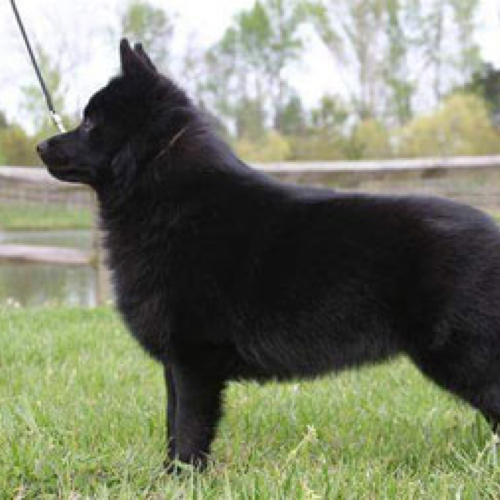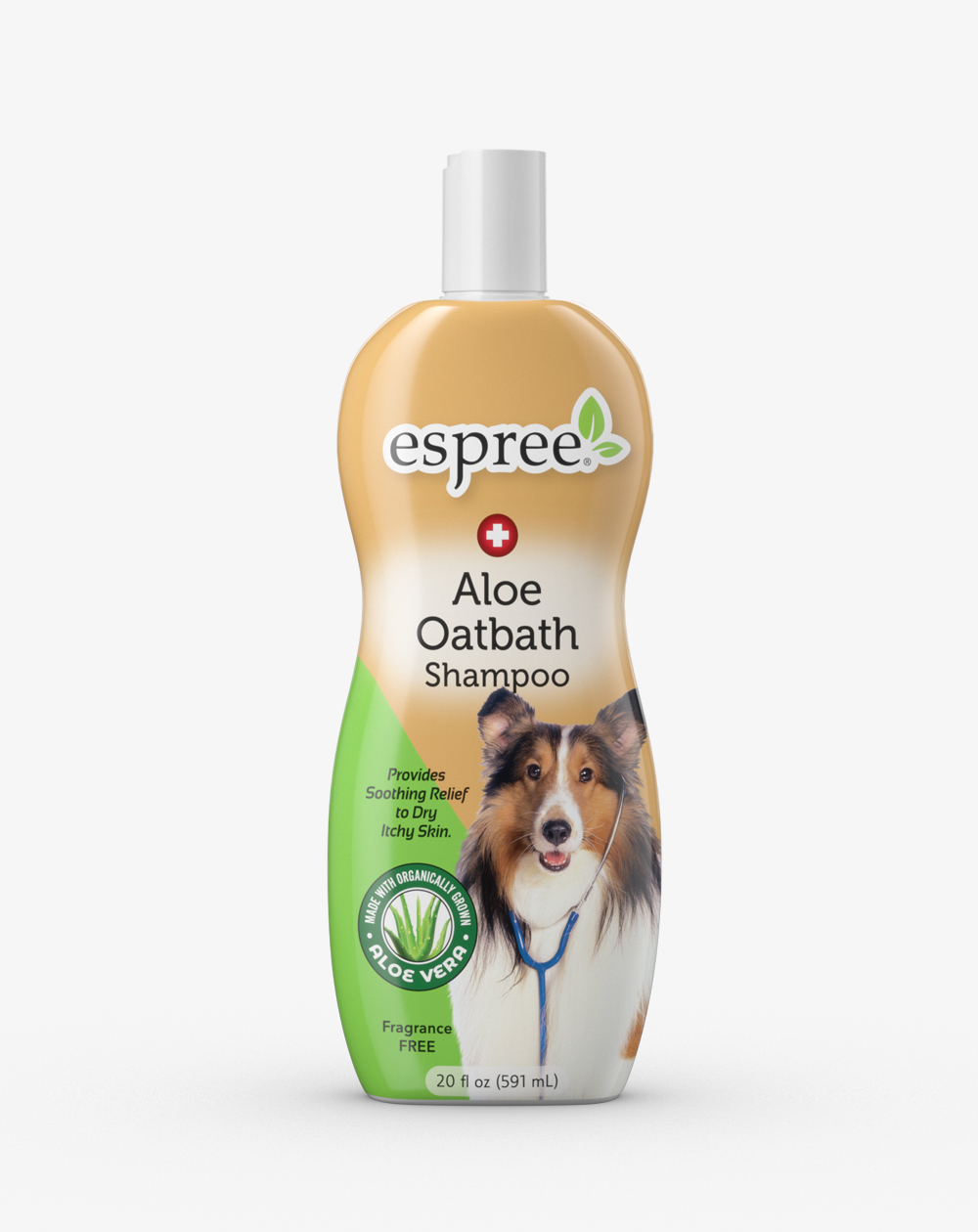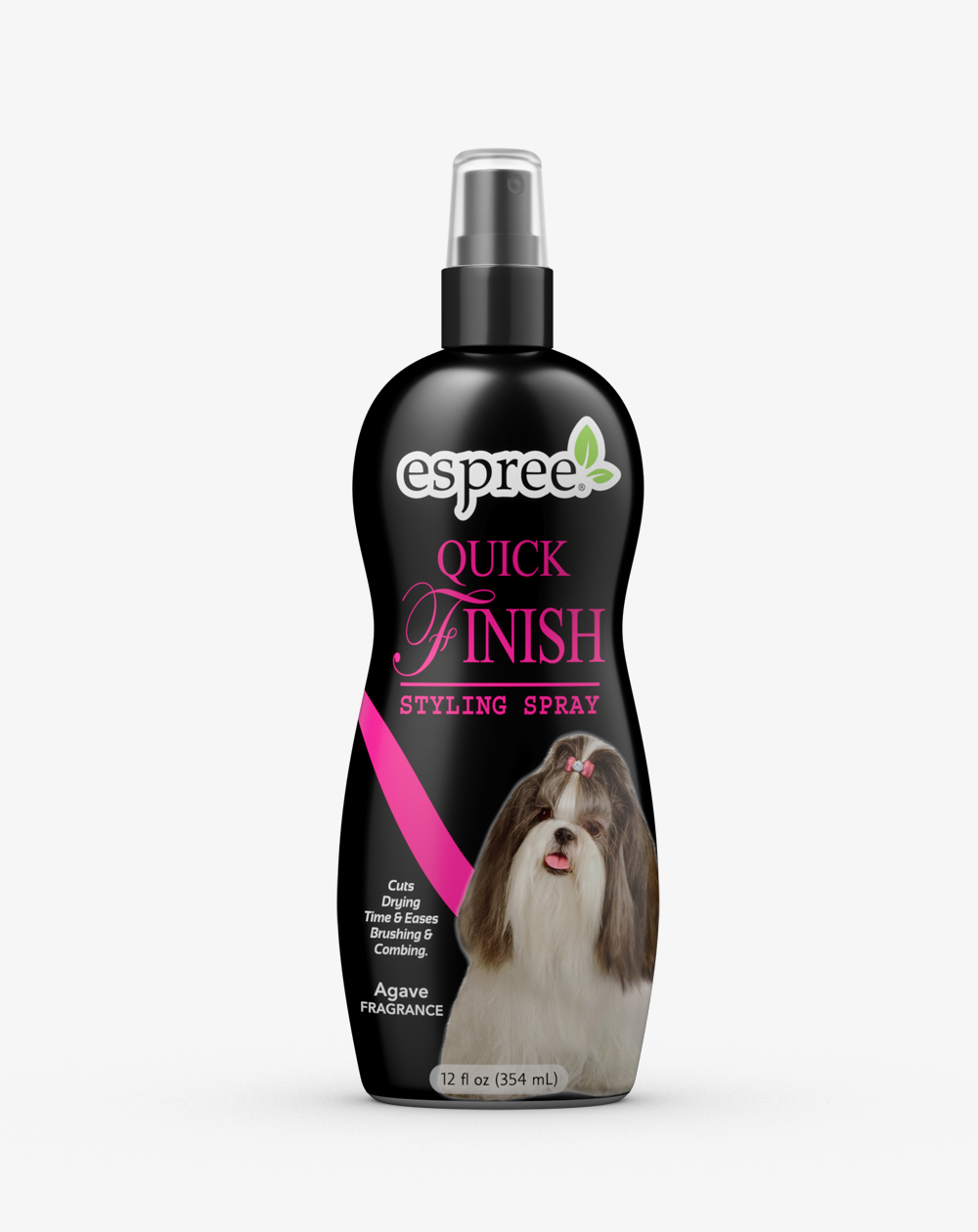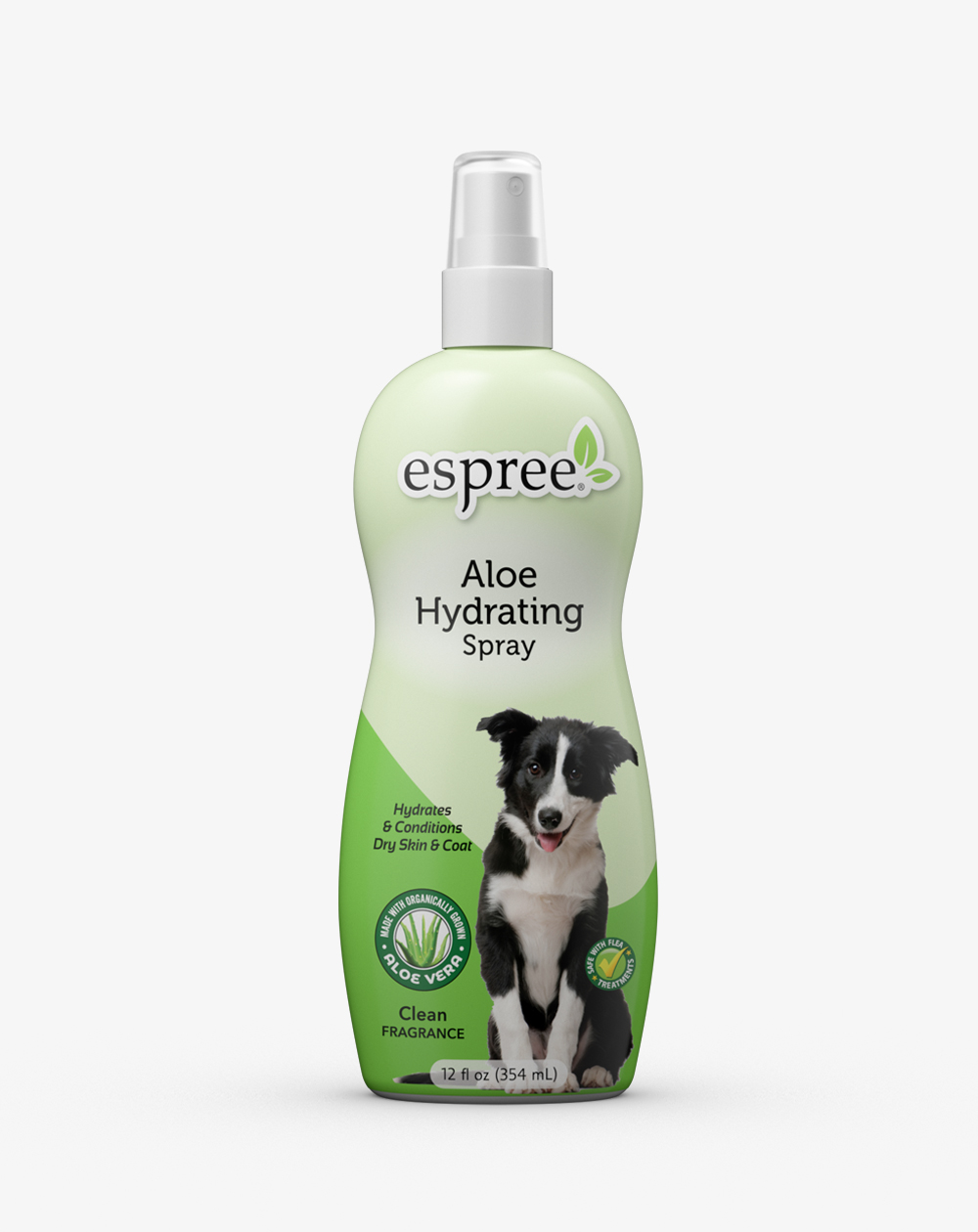
Schipperke
Standing no higher than 13 inches, Schipperkes are small dogs built for hard work. Schips were created as ratters and watchdogs. Their powerful jaws, necks, and forequarters—coupled with a stealthy, catlike hunting style—make them ideal rat-catching machines. The black coat is profuse around the neck, shoulders, and legs, giving the breed a silhouette that accentuates a thick, substantial body. The foxy face completes the unique look of a unique breed. If you can’t tell a Schipperke from an ordinary dog, you simply haven’t been paying attention.
Grooming
This coat needs to be bathed as frequently as weekly up to no longer than every 4 weeks in order to keep this fearless and independent dog clean. The care and maintenance of the coat sets the foundation for obtaining healthy skin and coat. When the coat is dirty, the hair shaft becomes rough and eventually breaks down, which can lead to the coat becoming damaged. It also can contribute to the beginning formation of the cobweb matting that forms close to the skin. This type of matting if left unattended can lead to the development of numerous skin issues. Therefore, keeping the coat clean and healthy is of utmost importance in order to maintain the dog properly.
Bathing a Schipperke is an acquired skill that takes patience and perseverance. After the coat is wet, apply the shampoo by squeezing it through the coat making certain you have worked it all the way through the coat down to the skin. Thorough shampooing will contribute to building a healthy, strong, and manageable coat. It is a good idea to slightly cool the water temperature down when rinsing the coat. The coat should be rinsed thoroughly making certain that all the product has been removed. Use a light conditioner to nourish and hydrate each individual strand of hair. A heavy conditioner is not necessary unless the coat is severely damaged. Be careful not to over use the conditioner so you do not change the natural coat texture. Once the bath is complete, blot the coat with a towel to remove excessive moisture. Try to avoid using a circular motion to avoid any further tangling.
Blow the coat out with a HV dryer, then finish with a stand dryer and brush out. Once the dog is completely dry, line brush, working in sections, until the dog is tangle free. It is a good idea to go over the entire coat with your hands, to see if there are inconsistencies in the density of the coat. If so, continue to brush and comb those areas. As a final check, use a firm slicker brush throughout the coat, and little to no hair should be apparent on the brush. Areas to pay particular attention to for tangles and excessive hair are the thighs, neck, and behind the ears. Spend a little extra time in these areas before you finish the dog.
Finishing the Dog: Tools and Finish Grooming
The coat should be light and stand off the dog with several distinct lengths of coat. A comb should easily glide through the coat with no resistance all the way down to the skin. Pay particular attention to the shoulder, ruff area, and hind quarter area as they can get packed with excessive coat. A healthy coat is light, airy, and has a natural shine while keeping the slightly harsh texture intact. Since this a natural breed, only trimming of the whiskers and the between the pads of the feet is acceptable.
General Health Care
Prep work is the foundation of all grooming. Prep work includes ear cleaning, nail trimming, trimming the pads, anal glands, and proper dental hygiene. Mastering these skills sets the professional pet stylist apart from the rest. Prep work should be done before every bathing and grooming appointment. All dogs need to have their ears checked and cleaned on a regular basis. Some need to have the hair plucked from the ear canal. This allows the ear to have proper air circulation. It is not necessary to remove all of the hair in the ear, as some serves as a barrier to foreign debris. It is imperative that you are properly trained to pull ear hair before attempting this endeavor. Proper nail care is also very important. Long, unsightly nails are uncomfortable for the dog, as well as anyone they might jump on. Long nails also compromise the shape of the foot. Trimming the pads of the foot helps give the dog good traction on different surfaces and can minimize the amount of dirt the dog tracks into the house. It also affords the opportunity to treat and condition the paws from cracks and abrasions. Anal glands should also be checked and expressed if they are full. Good dental hygiene is essential for a healthy
Nutritional Care
In order to maintain healthy skin and coat as well as overall health, it is important to provide good nutrition to your dog through a well–balanced diet, vitamins, and healthy treats.
Do they require a lot of grooming?
Frequent baths and brush outs are necessary to keep the skin and coat in optimal condition. Keeping the skin and coat clean is the key to keeping your Schipperke in top condition.
What is a common problem in Schipperkes?
As with all breeds of dogs, the Schipperke does have some breed-specific health concerns. They include eye problems such as cataracts and PRA (Progressive Retinal Atrophy), hip dysplasia, and Legg-Calve-Perthes disease.
Do Schipperkes shed or cause allergies?
They do shed quite a bit, but mostly during spring and fall. This breed is not hypoallergenic, so it might not be the best choice for those suffering with allergies to pets.
Are Schipperke’s good with children?
When introduced to children as puppies and properly supervised, they are great with kids. They are reserved toward strangers. Schipperkes love their family, but are confident, independent dogs with a mind of their own.
What if I have a show dog?
Whether you have a show dog or a companion dog, the same basic care is given regarding nutrition, socialization, and hygiene. The difference is the maintenance, conditioning, and training for the show ring. It is always helpful if your breeder is willing to mentor you to lead you in the right direction upon entering the wonderful world of showing dogs. A great place to start is with the national breed club like the Schipperke Club of America, www.schipperkeclub-usa.org.




